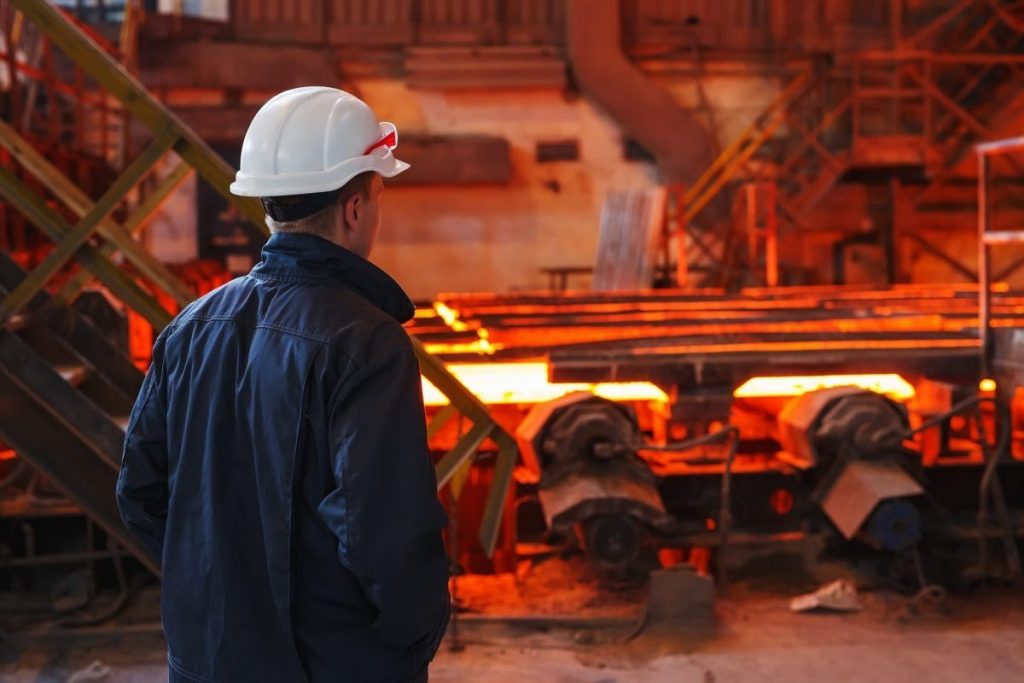
The global scrap metal market will reach 748.2 million metric tons in 2026.
Scrap metal is one of the most important raw materials required for steel manufacturing. Under this condition, we can say that the steel industry directly depends on the supply of scrap, as steel is the most recycled material in the world.
Its magnetic properties facilitate easy separation from other waste materials and enable recycling. Scrap metal is expected to represent a significant portion of metal production in the future, as the growing demand for raw materials used in the steel industry drives the demand for scrap metal.
What is the prediction regarding the availability of scrap metal?
Amidst the pandemic, the global steel scrap market, estimated at 629.4 million metric tons for this year, is projected to reach 748.2 million metric tons by 2026, with a compound annual growth rate of 4.5% during the analysis period.
In 2017, Dr. Baris Çiftçi, Head of Commodity Market Analysis at The World Steel Association, wrote an article arguing that the increasing availability of scrap metal could change the game rules for the future of steel manufacturing.
A year later, he confirmed that his estimates suggested global availability of scrap metal stood at around 750 million metric tons in 2017. Of these, 630 million were recycled by global steel industries.
Çiftçi estimates that the global availability of scrap metal will reach around 1,000 million metric tons in 2030 and 1,300 million in 2050.
Who will lead this growth?
Worldsteel provides good guidance on the subject in their May 2018 blog.
China is a key producer of steel. Driven by government measures to improve the residential construction market, the Asian giant is projected to lead this growth. Its availability of scrap metal will reach 301.7 million metric tons by 2026.
Currently, China has a relatively low proportion of electric arc furnaces (EAF) and uses relatively less scrap compared to developed regions in both EAF and basic oxygen furnace (BOF) steelmaking. But this could change with the increasing availability of scrap metal (Çiftçi, 2018).
According to Global Industry Analysts Inc., scrap metal availability is also expected to grow in the rest of the world, although at a much slower pace than in the developing parts of the world. We estimate that scrap availability in the NAFTA, EU, and Japan regional grouping, which represents the developed world, is currently around 320 million tons. It is expected to reach around 350 million by 2030.
Where does this lead us?
The strong growth in scrap metal availability suggests that in the medium and long term, we can expect the steel industry to increasingly replace natural resources with steel scrap. This conserves raw materials, energy, and reduces CO2 emissions.
How does SCRAPYARD® help optimize your resources? Our system automatically classifies scrap metal using AI, allowing us to determine the density of the incoming scrap and record traceability where the scrap is unloaded. This helps in loading the furnace basket from the right place based on the type of scrap, taking into account its density and chemistry.
Incorporate the scrap density factor as a variable in the model to achieve your goal of “certified loads” for the furnace, leveraging high levels of optimization.
Generate these impacts together with SCRAPYARD®, the only comprehensive solution in the market for scrap metal management and classification.



